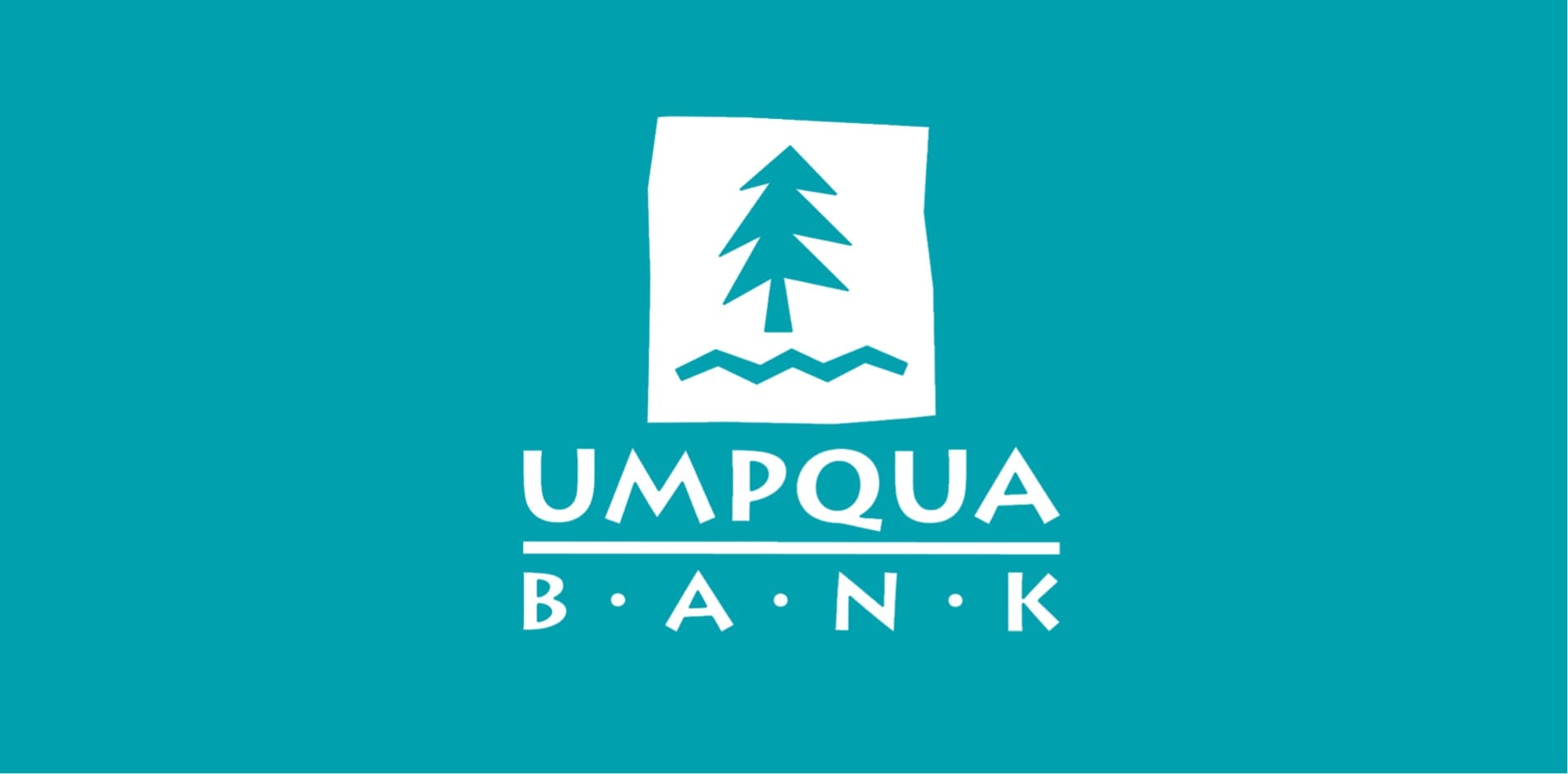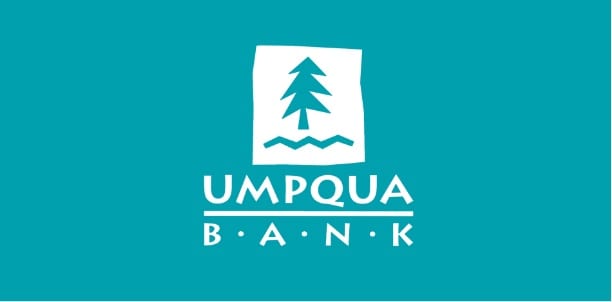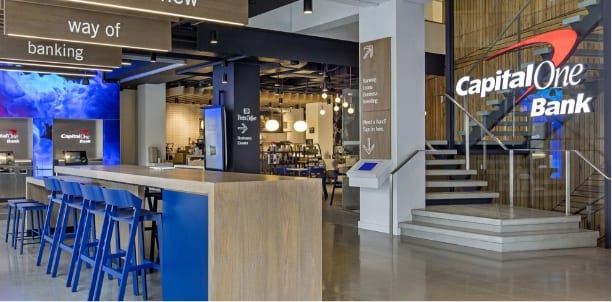Ideas
Building Trust: Identity of Banking Brands
Trust is the cornerstone of relationship banking. Without trust the entire banking industry, from national banks to credit unions, would be a mere commodity market competing on prices and rates alone. But building trust with customers requires much more than making the claim one is trustworthy: from advertisement to the handshake of your financial advisor, trust must be weaved into the very identity of your brand.
According to a recent Accenture study, baby boomers have begun transferring their life savings to their heirs, initiating a massive $30-trillion-dollars wealth transfer to the millennial generation. This is forcing financial institutions to update their banking technology offerings to accommodate the lifestyle of this new generation. But along with the influx of new technologies comes the need to reevaluate the very concept of relationship banking, and with it the very approach to building trust in business.
This is what led WATSON CREATIVE to enter the fray. Matt Watson, creative director and co-founder, worked with Citigroup for two years, during which time Citibank/Travelers became the largest corporate merger in the world. Matt also worked on TransUnion Branding, Household, and First Union. In recent years, WATSON CREATIVE has created award-winning work for Lewis & Clark Bank, and is now collaborating with Consolidated Community Credit Union and First State Bank.
Trust Drivers
Building customer trust rests on four pillars: competence, consistency, benefit and vision. All four must be strong for the foundation of trust to endure.
Competence means demonstrating efficiency at providing products and services and resolving unforeseen situations. A huge component of competence relies on customer service, from financial advisors to customer support. A professional service is a fundamental aspect of competence: it is not only what you do, but how you do it.
Consistency can mean either consistency over time or over distance. For a bank or credit union, that means establishing consistent business practices across all branches and online. Consistency also means establishing a tradition of trust between customers and the financial institution.
Benefit means the benefit to the customer. Benefits can be monetary (e.g. low rates), but other aspects such as convenience and hassle-free transactions can also be a factor. Since low rates are usually the easiest to demonstrate, financial institutions that can’t establish trust in other ways often rely on low rates at the expense of other trust drivers.
Vision can be understood as extending consistency into the future. It means the financial institution will be ready to weather tomorrow’s changes and challenges from both the perspectives of business and technology. This is a critical point for the millennial generation.
Building Brand Trust
Building trust is about more than claiming to be trustworthy. As a matter of fact, claiming to be trustworthy without a credible, sincere narrative to back it up can even diminish customer trust in your brand. The banking industry spends millions on advertising, yet a recent Harris poll reveals that only 13% of Americans hold a “great deal of trust” for national banks.
Advertising can only take you so far. Words like “trust” and “integrity” have been hammered so much in messaging that their impact has been exhausted to the point of commodification. In other words, you have to establish trust without ever saying “trust us.”
So, how do you demonstrate the trustworthiness of your brand?
“People don’t buy What you sell.
They buy Why you sell it.”
As Simon Sinek, author of Start With Why puts it: “People don’t buy What you sell. They buy Why you sell it.” Companies that succeed in the future are going to have an authentic brand message. And if you want your messaging to be authentic, it needs to rest on a foundation of trust, woven into your institution’s very identity.
This means building trust requires much more than brand messaging: trust has to become a business proposition, built into the core of your business. From the way you attract your customers to how you engage them and finally capture their long-term business, trust has to be part of the nature of the business you conduct with them.
As Gary Vaynerchuck puts it: “Market to where their customers are and in the year we live in.” From your radio advertising campaign to your online presence, from the space design of your lobby and all the way to your loan officer’s handshake, trust must become a consistent business proposition that drives all the facets of your brand.

The Case of Umpqua
In the early nineties, Umpqua Bank had only six branches to its name in the Portland area. Today, they have 364 branches across five states, and are growing fast. Umpqua managed this spectacular growth while weathering a worldwide financial crisis and without resorting to rock-bottom rates.
Umpqua did this by understanding the value of customer trust in banking, then building trust at every stage of customer relationship from attraction, to engagement and to capture. From potential to long-term customer, Umpqua’s identity is consistent, engaging and unique.
Umpqua’s central promise to its customers is convenience and friendliness. Its quirky, offbeat offerings include creating community spaces for Wii bowling or crocheting in their branch offices, handing out chocolate with money withdrawals, or distributing advertisement for loans attached to potted plants. These all articulate a consistent, compelling, and unique trust proposition to customers.
Umpqua’s success suggests there is more to banking than hard numbers. Its interest and loan rates, while competitive, are not as advantageous as national banks, but customers are willing to forego monetary advantage if it means a consistently pleasant banking experience.
Other Success Stories
Umpqua Bank is not the only financial institution that has garnered success by building trust in its brand through a solid brand identity. Here are five banks that have enjoyed success as well:
- Lewis & Clark Bank communicated its identity and built trust in its business through client stories and a design that reflects its regional significance an origin story. As a result of these branding efforts, Lewis & Clark Bank’s website was featured in a number of prestigious publications including Forbes, The Financial Brand and ABA Bank Marketing and Sales.
- Frost Bank innovated by engaging its customers through pictures. It allowed its customers to take photos and post them directly on its home page, thus helping build brand trust through putting a face to its customer base.
- First Republic may be corporate at first glance, but its messaging is ultra-clear: they are high-end, care about wealth management, and spare little energy on anything else. By building a strong identity focused on this niche, First Republic is ensuring a clearer message.
- Hawaii National Bank reached its customers in the ultra-competitive Hawaiian banking space through communicating clearly their spirit and mission. It also tells good brand stories that convey its Hawaiian values and roots.
- Citizen Bank of Edmond took to social media to promote itself with help from its awesome CEO, Jill Castilla. Castilla is very active online and a vocal supporter of community banking. As a result, CBE is building trust in its brand through consistency of messaging, and through a unique, fun personality that communicates its values.
Trust Is the Game
Whether you’re a national bank or a brand-new credit union, your unique business opportunity rests on crafting an original brand identity, then building trust in that identity throughout all aspects of your interactions with customers and the community.
There is a place for low rates in banking, and there will always be a segment of the customer base that will go for these no matter what. But with the advent of millennial banking, banks such as Umpqua and Lewis & Clark have demonstrated that there is a space for smaller financial institutions to reach customers through than commodity pricing.
Their messaging might be different, but the technique is the same: forge a strong brand identity, then establish trust in your brand across each and every interaction with your customers and your community.
Lead with a brand identity built on trust and the customers will come. This is the strategy that WATSON CREATIVE promotes with all its business designs, and the approach is paying off for the banking industry.
Want to Learn More? Give Us a Call!
Building trust with your brand identity is very important for business success. Long-term customers are loyal to brands they trust, especially in the financial world of personal banking. How your brand is perceived in the minds of consumers will dictate their trust in your product.
Contact Watson Creative today to speak with an experienced brand strategist. Our Portland office can be reached at 800-280-3057. You can also send us a message at any time to design@watsoncreative.com.
Building Trust: Identity of Banking Brands
by Watson Creative


